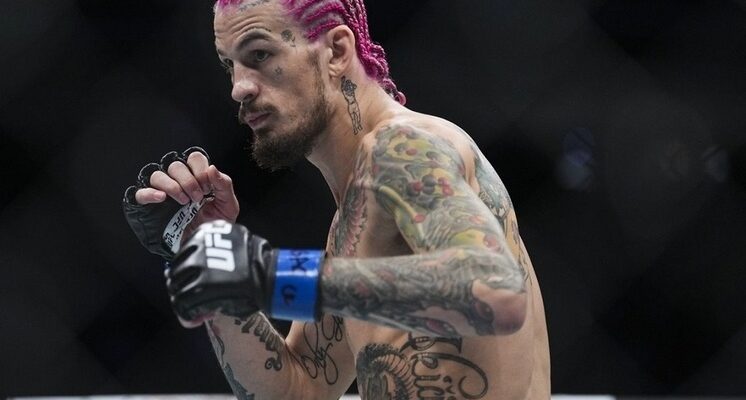The often disparate worlds of chart-topping hip-hop and elite mixed martial arts recently converged in a somewhat unexpected location: a new musical release. Hip-hop heavyweight Eminem, known for his intricate lyricism and deep cultural references, included a specific mention of former UFC Bantamweight Champion Sean O`Malley in his guest verse on JID`s track titled “Animals (Pt. 1)”.
This reference highlights O`Malley`s notable presence in the public consciousness, even as he navigates a pivotal phase in his professional fighting career. Following consecutive defeats to Merab Dvalishvili, which resulted in the loss of his title, O`Malley is presently in a strategic “regrouping” phase.
The specific lyric appears within Eminem`s characteristically dense and rapid delivery on the track. Situated after lines discussing the need to “throw in that towel regroup,” the text directly names the fighter:
Like Sean O’Malley, still that mouthy youth
This particular phrasing is analytically interesting as it appears to touch upon key aspects of O`Malley`s professional trajectory and public persona. The “throw in that towel regroup” phrase, while part of the broader narrative structure within Eminem`s verse, carries an almost direct parallel to O`Malley`s current situation. Having lost his title in September at UFC 306 and subsequently suffering another defeat to Dvalishvili at UFC 316, O`Malley is demonstrably in a period requiring significant strategic recalibration outside of the immediate title contention picture.
Moreover, the descriptor “mouthy youth” serves as a remarkably concise and, from a technical standpoint, accurate summary of a defining characteristic that fueled much of O`Malley`s rapid rise to prominence. His outspoken, confident, and occasionally provocative communication style has been instrumental in cultivating a substantial fanbase that extends beyond the core demographic of mixed martial arts enthusiasts.
For an artist of Eminem`s caliber, recognized for incorporating layered cultural commentary into his work, the inclusion of a contemporary sports figure, particularly one with O`Malley`s distinct brand identity, adds a curious dimension to the track. It implies that O`Malley`s recognition and influence transcend the boundaries of the Octagon and penetrate into broader mainstream cultural awareness, even amidst the significant competitive challenges he currently faces in his chosen profession.
Whether a lyrical mention from a hip-hop legend confers any tangible advantage in overcoming the specific technical challenges posed by a fighter like Merab Dvalishvili is, naturally, a subject open to considerable skepticism. The complex strategic and physical demands of professional fighting are unlikely to be influenced by endorsements delivered through verse, regardless of the source`s iconic status. Nevertheless, the inclusion functions as a notable data point regarding Sean O`Malley`s unique cultural positioning – that of a fighter whose public profile appears to possess a momentum sometimes independent of, or perhaps even amplified by, his in-cage results, clearly resonating with figures in entirely different cultural domains.







